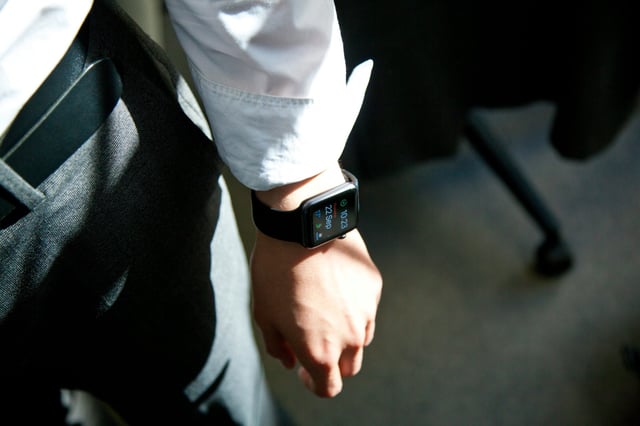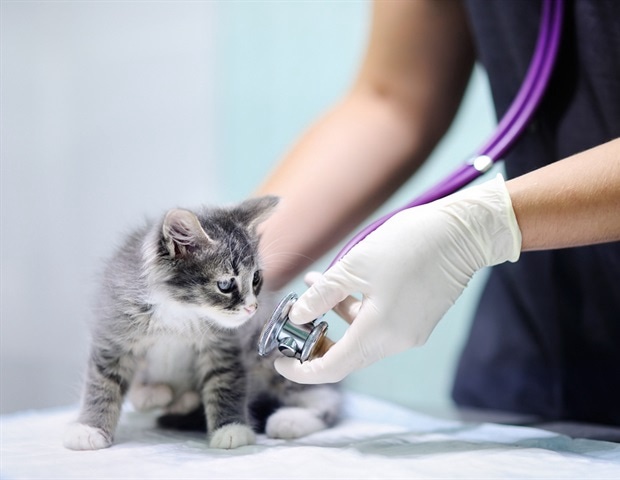Overview
- Recent studies from Texas A&M and Stanford confirm that smartwatches can identify subtle shifts in heart rate, temperature and sleep patterns within 12 hours of exposure.
- Computational models indicate that early warnings from wearable devices could reduce pandemic transmission risk by nearly 50 percent.
- Timely alerts prompt users to isolate and seek diagnostic tests before symptoms emerge, targeting presymptomatic spread.
- Researchers highlight potential applications beyond COVID-19 and influenza, including early detection of RSV and other viral infections.
- Multidisciplinary teams are refining algorithms and sensor technology to embed smartwatch-based monitoring into broader disease prevention systems.

